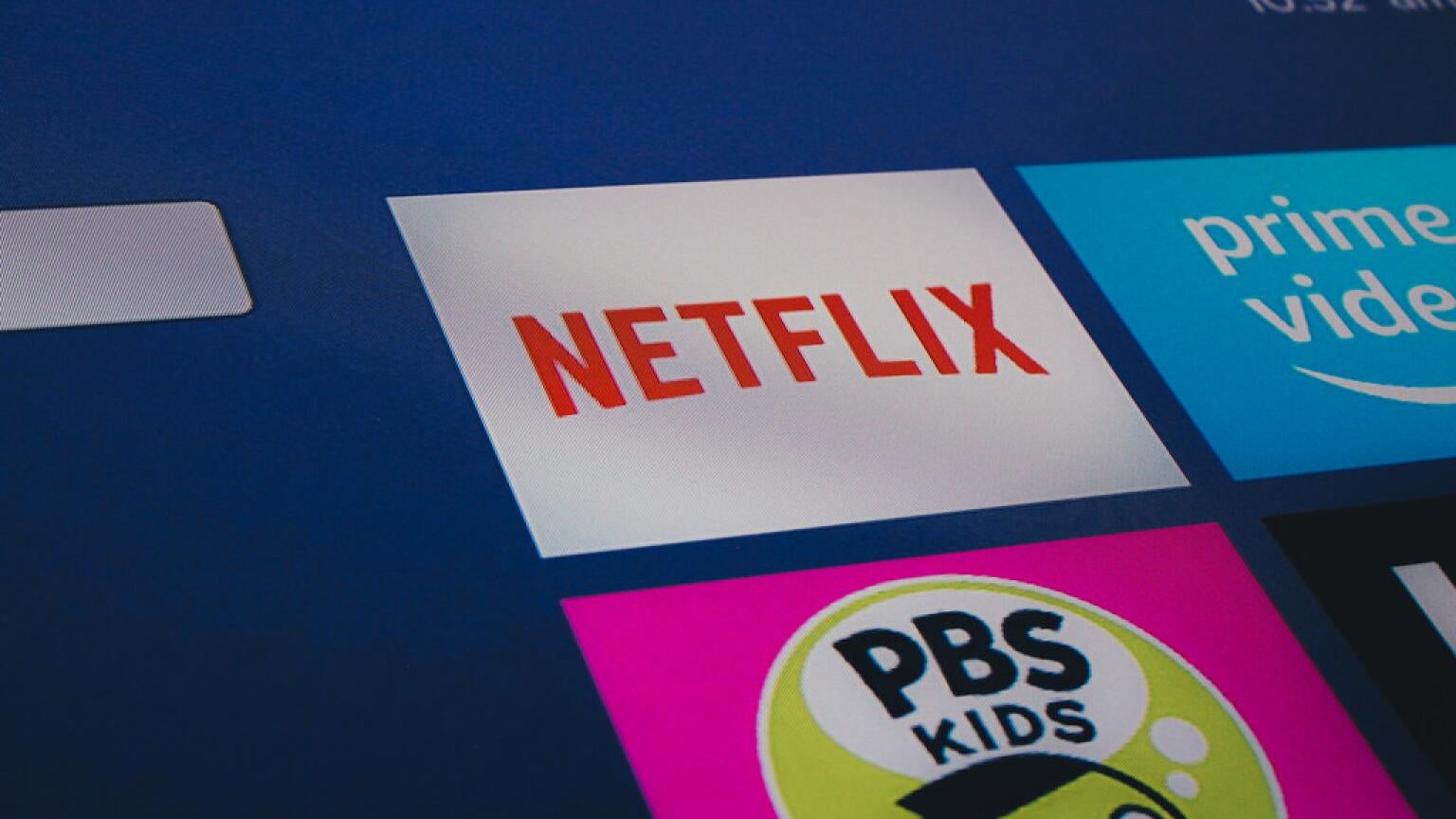
The streaming service market is a jungle of options these days. With so many services and so much content, figuring out what to watch has never been such a challenge. A new study recently released from Conviva, though, reveals how streaming service users are finding what to watch.
Content discovery has been routinely cited as a drawback to streaming services, with the typical viewer having a hard time figuring out just what to watch. The Conviva study noted that there were several ways users were working around this problem. The leading means to find something worth watching was word of mouth, which 59 percent of respondents cited. Advertising came in next with 52 percent, while social media was in a close third at 49 percent. Finally, the streaming services’ own recommendations came in fourth at 43 percent.
The numbers make it clear there’s overlap involved here, though; when the three leading results all have a majority—or near-majority—of respondents citing them, it’s clear subscribers are turning to more than one source to find what they want to watch. It doesn’t help that the study prompted some overlap in its own right. The study’s definition of “word of mouth”, for example, included social media posts from “…friends, family, or influencers…” as well as physically talking to people.
A more granular look at the study reveals that pure blind luck plays the biggest part in content discovery. Fully 38 percent of respondents cited “chance” as the top source for discovering content. Meanwhile, 34 percent cited a television advertisement for a show, while another 30 percent noted the recommendations of friends and family.
When nearly half of a streamer’s viewing habits are determined by blind luck, it’s clear that marketing has a much greater role to play here than anyone may have expected. No one buys a car at random; why should streaming services allow customers to do just that? It’s a great time for streaming brands to pick up their advertising as the market is clearly calling out for some kind of guidance. Taking a look at Hulu or Netflix often provides little more than an impenetrable list of titles with occasional synopses. When users are left with no choice but to consult episode lists on Wikipedia for their information, it’s clear streaming services have missed a great potential option to build customer bases through authoritative and useful content.
With so many shows going direct to streaming, the need for functional analysis of these shows is vital. People need a simple way to find out more about the shows available on streaming services before they even commit to a service, let alone start watching. It’s time for streaming services to put as much into their marketing as they do their content production.